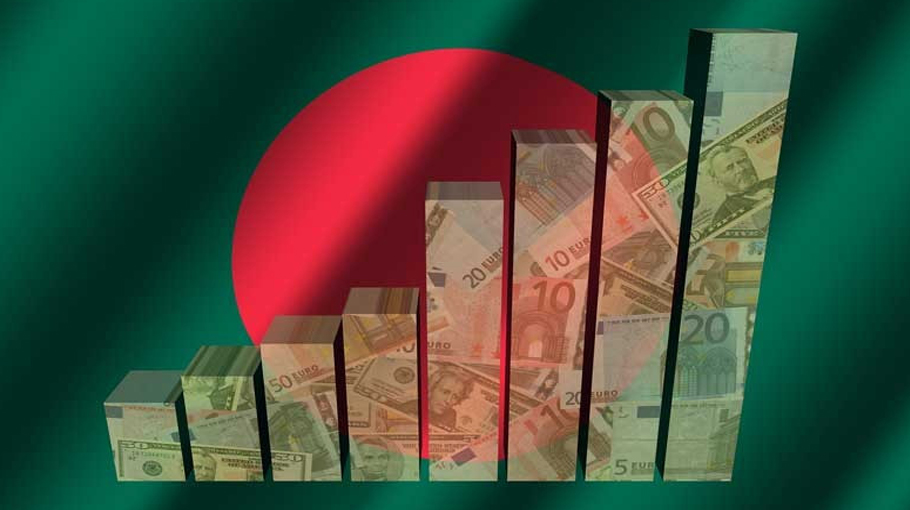Bangladesh sets example for economic dev
Says Prof Yasuyuki Sawada

Bangladesh has set an example for economic development across the world and achieved the fastest growth in South Asia, said Professor Yasuyuki Sawada, a distinguished economic analyst.
A robust demographic dividend, strong ready-made garment (RMG) exports and stable macroeconomic conditions have supported rapid economic growth over the past two decades, he mentioned.
The country needs to have more skilled manpower by offering quality education, diversifying exposts, as well as accelerating use of modern technologies, he pointed out.
Prof Yasuyuki Sawada of University of Tokyo and former Chief Economist of Asian Development Bank (ADB), made the statements while speaking at a seminar titled, “Asia's Journey to Prosperity: Policy, Market, and Technology over 50 Years” organized by the Bangladesh Institute of Development Studies (BIDS) held at its conference room in the capital on Monday.
Dr Binayak Sen, the Director General of BIDS chaired the event.
“Bangladesh has showed rapid growth in last several years even during Covid-19 pandemic due to rising export earnings especially in ready-made garments,” Sawada said.
He said that the country has huge prospects in other sectors like the pharmaceutical sector, leather sector and light engineering sector.
However, the Asia has showed phenomenal economic growth over 50 years, which led to a rising share in global and improvements in broad development indicators, he mentioned.
Yasuyuki said that Asia has improved in different development indicators including per capita income, extreme poverty rate, infant mortality and mean years of schooling (age 20-24).
In the last half century, Asian development policy shifted from state-led indoctrination to market-oriented growth, he said, adding that Structural transformation also involves shift from low- to high- productivity production within each sector, through technological progress.
He mentioned High-growth Asia economies made large investments in physical capital, financed largely by domestic savings.
A key part of physical capital investment was for infrastructure including transport, power, water and sanitation, and telecommunications, he said, adding that during 1971-2018, per capita electricity generation increased by 35 times in the Korea, 30 times in China, 19 times in Thailand, 14 times in Malaysia, and 9 times in India, significantly narrowing the gaps with advanced countries.
Many Asian economies put efforts to build human capital by making education a basic right through compulsory education, investment in schools, and education reform, he mentioned.
During 1970-2010 period, developing Asia’s public spending on education increased from 2.1 percent to 3.6 percent of DGP, he added.
Public spending on education contributed to rising school enrollments at all levels, he mentioned.
Asian countries have developed reflected changes in different socio-economic indicators including building human resources, accelerating technological progress, opening trade and investment, maintaining macroeconomic stability and promoting inclusion, which led the economic growth in the regions, he mentioned.
Asia’s development gaps with advanced countries still remain to be large in 2018, developing Asia’s per capita income GDP was just 12 percent of OECD level with remaining and emerging challenges such as overcoming the health crisis by “smart” approaches and achieving universal health coverage, promoting innovation-based growth, making growth more climate resilient and inclusive, narrowing gender gaps, reopening education with better quality, reducing large infrastructure investment gaps and responding to demographic change and population aging, he mentioned.




